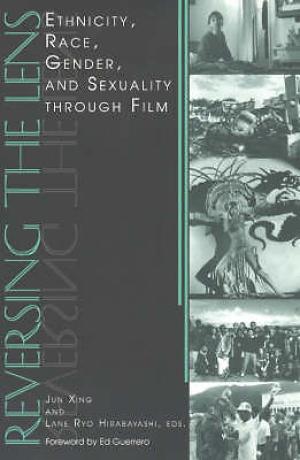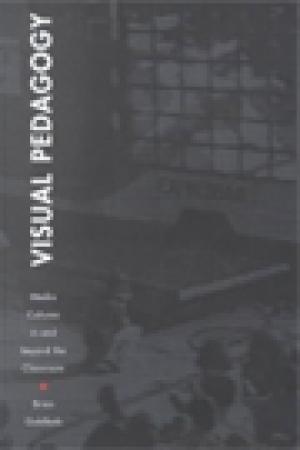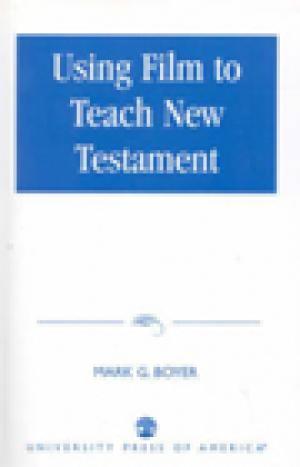Resources
"Ancient Christianity, Ancient Cities – and Cyberspace?" was a teaching experiment combining the study of theology, religion, history, and new computer technologies. The course included both a regular class meeting and a concurrent digital media lab. All student assignments were digital. Students came in with a wide variety of technical knowledge and backgrounds in classical and religious studies. In addition to learning about the history and theology of early Christianity, students became critical learners of technology within the ideal of a liberal arts education.
PowerPoint can be a genuine aid to theological education by providing a medium for employing visual art in the classroom. But PowerPoint does not and should not replace the ordinary stuff of teaching and learning theology: reading, lecturing, discussing texts, and writing papers. Like any other tool, its pedagogical benefit depends on discerning use. Particular care must be used to blunt PowerPoint's tendency to produce a disembodied, decontextualized learning environment. Using PowerPoint to incorporate art into theology classes is not merely a strategy for making verbal points more powerfully. Art can sometimes go where theological words cannot.
Many faculty members reach for powerful clips or entire films to give background information to a topic or to provoke discussion. We do this because we have a sense that such materials engage students in a way that more theoretical texts, speculative discussions, or even case studies do not. In the field of ethics, however, one meets resistance to employing narratives that are too engaging. The wary ethicist doubts that a medium that manipulates the viewer, engages the emotions, and elicits a personal connection to the characters is the best resource for ethical reflection. This paper argues that film, like other narrative forms, is indeed an appropriate medium for teaching ethics and suggests methods for doing so effectively.
American colleges and universities have invested millions of dollars in equipment and "smart classrooms," but the jury is still out on whether computers have led to a revolutionary improvement in the quality of teaching. Professors are finding new ways to lecture, to run lab sessions, and to interact with students, however. The Chronicle dispatched reporters to classrooms across the country to find some of the most promising or unusual methods of teaching with technology. Some of the courses involve teams of professors and designers, as well as serious investments of time and money, while others are techniques that individual professors have developed using tools that are common on most campuses. No matter how much support they have, the professors have hit their share of roadblocks. But these wired teachers say students are responding positively as class sessions become more interactive. (From the Publisher)
Journal Issue. Full text is available online.

Reversing the Lens brings together noted scholars in history, anthropology, sociology, ethnic studies, and film studies to promote film as a powerful educational tool that can be used to foster cross-cultural communication with respect to race and ethnicity. Through such films as Skin Deep, Slaying the Dragon, and Mississippi Masala, contributors demonstrate why and how visual media help delineate various forms of "critical visual thinking" and examine how racialization is either sedimented or contested in the popular imagination. Reversing the Lens is relevant to anyone who is curious about how video and film can be utilized to expose ethnicity, race, gender, and sexuality as social constructions subject to political contestation and in dialogue with other potential forms of difference. (From the Publisher)
Focuses on the introduction of hybrid teaching which aims to end the gap between traditional and online instruction in the U.S. Advantages of hybrid courses and hybrid degree programs; Colleges offering hybrid instruction; Skepticism on online education projects.

In classrooms, museums, public health clinics and beyond, the educational uses of visual media have proliferated over the past fifty years. Film, video, television, and digital media have been integral to the development of new pedagogical theories and practices, globalization processes, and identity and community formation. Yet, Brian Goldfarb argues, the educational roles of visual technologies have not been fully understood or appreciated. He contends that in order to understand the intersections of new media and learning, we need to recognize the sweeping scope of the technologically infused visual pedagogy both in and outside the classroom. From Samoa to the United States mainland to Africa and Brazil, from museums to city streets, Visual Pedagogy explores the educational applications of visual media in different institutional settings during the past half century. Looking beyond the popular media texts and mainstream classroom technologies that are the objects of most analyses of media and education, Goldfarb encourages readers to see a range of media subcultures as pedagogical tools. He illuminates the educational uses of visual technologies in schools and other venues. The projects he analyzes include media produced by AIDS/HIV advocacy groups and social services agencies for classroom use in the 90s; documentary and fictional cinemas of West Africa used by the French government and then by those resisting it; museum exhibitions; and TV Anhembi, a municipally sponsored collaboration between the television industry and community-based videographers in Sao Paolo, Brazil. Combining media studies, pedagogical theory, and art history, and including an appendix of visual media resources and ideas about the most productive ways to utilize visual technologies for educational purposes, Visual Pedagogy will be useful to educators, administrators, and activists. (From the Publisher)

Boyer describes a teaching method which uses popular movies to explore themes encountered in the New Testament. Topics include, for example, martyrdom in Witness and The Gospel of Luke and apocalypse in Waterworld and The Book of Revelation. A modernized film interpretation of Shakespeare's Rome. (From the Publisher)